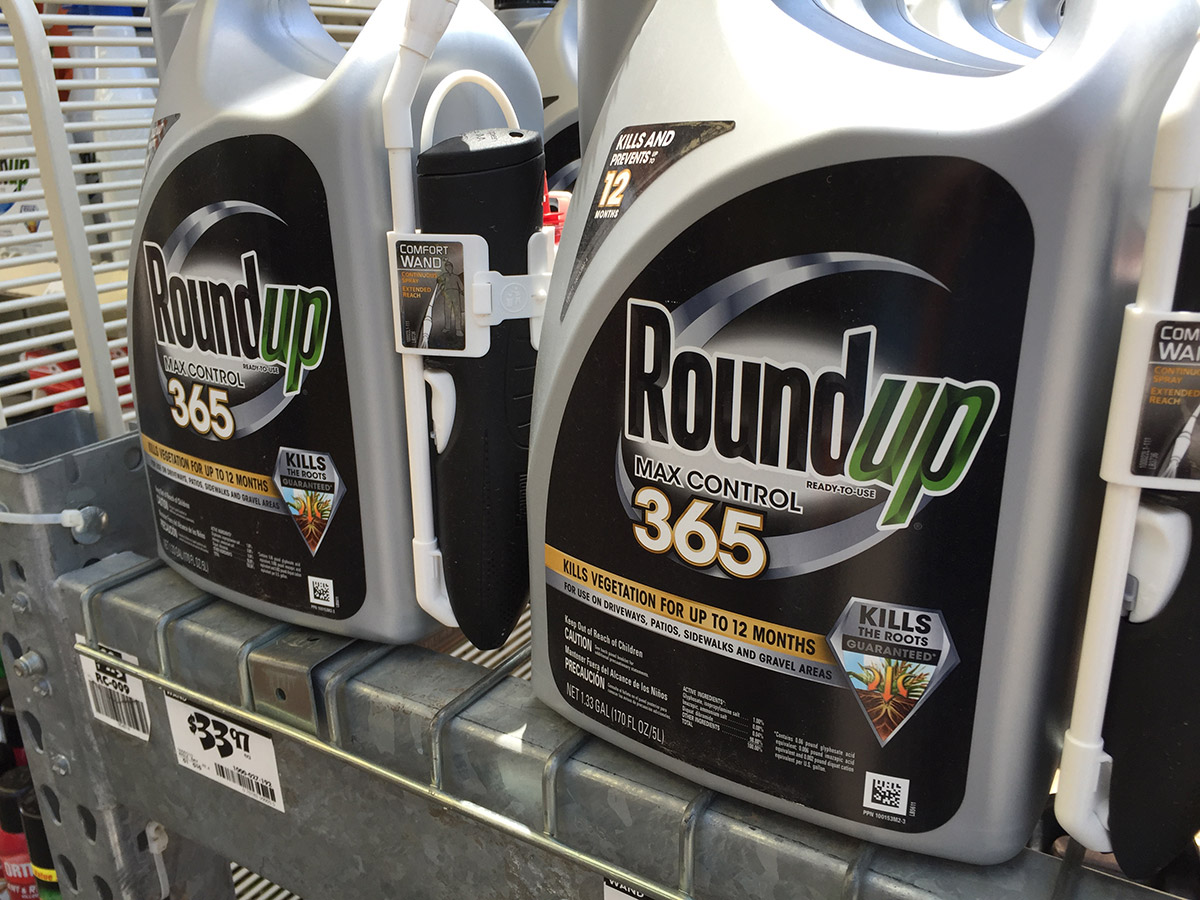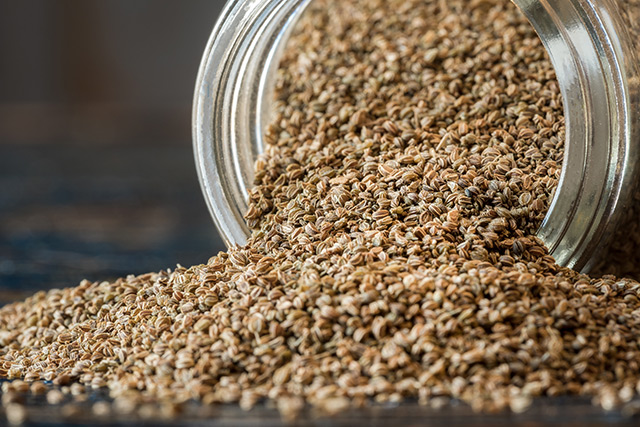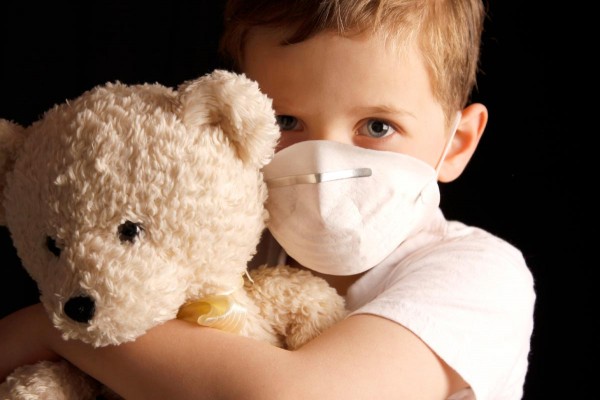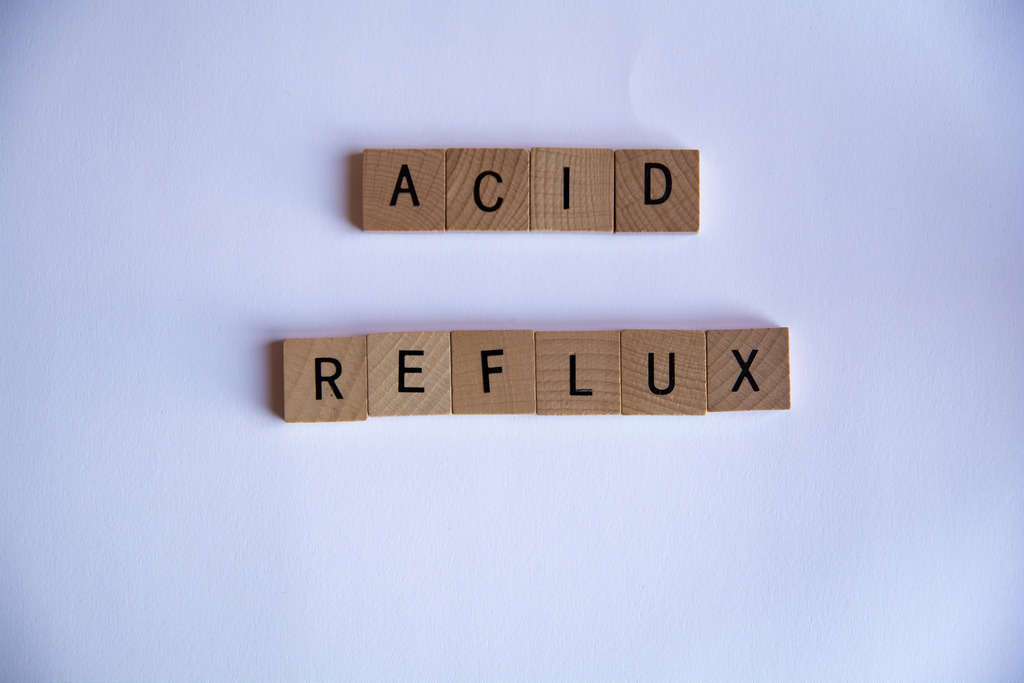Children who grow up near trees and gardens have fewer respiratory problems as adults
12/17/2018 / By Zoey Sky

Instead of letting your kids stay indoors and play video games all day, convince them to play in your backyard or in the park. This allows them to have fun and exercise at the same time. It can even help lower their risk of developing respiratory problems as they grow older.
According to a study, “[children] who have access to green spaces close to their homes have fewer respiratory problems, such as asthma and wheezing, in adulthood.” Meanwhile, children who are exposed to air pollution are more likely to have respiratory problems as they grow older.
Green spaces for better lung health
To date, not much is known about the link between exposure to air pollution as a child and long-term respiratory problems in adulthood.
RHINESSA (Respiratory Health in Northern Europe, Spain and Australia), a large international study that has been investigating lung health in children and adults across seven European countries, has recently acquired data on residential “greenness” and air pollution exposures from birth onwards.
The information was gathered from the following RHINESSA study centers:
- Tartu (Estonia)
- Reykjavik (Iceland)
- Bergen (Norway)
- Gothenburg, Umea, and Uppsala (Sweden)
For the study, a team of researchers led Dr. Ingrid Nordeide Kuiper, from the Department of Occupational Medicine at Haukeland University Hospital in Norway, examined data from 5415 participants who were aged 18 to 52 years old.
The researchers also studied air pollution data from 4,414 participants, with the information taken from the centers in Bergen, Gothenburg, Umea, and Uppsala. The study determined how many people suffered from over than three respiratory symptoms, severe wheeze (where an individual experienced wheezing with breathlessness in the past year but didn’t have a cold), and late-onset asthma (or asthma that started in people aged 10 or older).
The researchers took note of the following respiratory symptoms:
- Asthma attack
- Breathlessness when wheezing
- Chest wheezing or whistling
- Taking asthma medicine
- A tight chest on waking
- Waking up because of a cough
- Waking up because of an attack of shortness of breath
- Wheezing or whistling without a cold
The team of scientists also computed for average annual exposure to three air pollutants: two sizes of fine particulate matter (PM2.5 and PM10) and nitrogen dioxide (NO2) from a child’s birth until they turned 18.
PM2.5 and PM10 are atmospheric particulate matter (PM) with a diameter of less than 2.5 or 10 micrometers, respectively. PM2.5 is about three percent of the diameter of a human hair. PM2.5 can come from airplanes, dust storms, forest fires, residential wood burning, and volcanic eruptions. PM10 can come from dust other emissions from industry, rubber tire abrasions, and vehicle emissions. Sources of NO2 include burning fossil fuels (e.g., coal) and internal combustion engines.
The researchers also determined annual average exposure to “greenness” in a 100-meter zone near the participants’ home address for the same period. Greenness was measured via a Normalised Difference Vegetation Index (NDVI), that uses satellite images to deter mine the amount of vegetation in an area.
Results revealed that 608 participants (12 percent) had more than three respiratory symptoms, 384 (7.7 percent) had severe wheeze, and 444 (9.4 percent) had late onset asthma. Dr. Kuiper noted that while these are preliminary results, they discovered that exposure to greenness from childhood was linked to fewer respiratory symptoms in adulthood. Meanwhile, exposure to air pollutants in childhood is associated with more respiratory symptoms in adulthood and late onset asthma. (Related: Cities can reduce air pollution by adding more trees and bushes along roadways.)
Dr. Kuiper said that further analysis of the findings is required before the team can draw definite conclusions, but it’s possible that the findings can be used to understand the long-term effects of air pollution and greenness. She concluded that the data can also be used to convince physicians, scientists, and policy-makers of the dangers of exposure to pollution and the importance of access to green spaces, which can help promote public health.
The benefits of greenness or green space
Aside from lowering your risk of respiratory diseases, greenness or green space also has other benefits for adults, such as:
- Better mental health and productivity. Working for long hours can eventually cause cognitive overload, which may cause irritability and “an inability to function effectively.” Overwork can also cause physical symptoms. Viewing green spaces or exposure to greenness can help rejuvenate your mind since natural settings give you a break from the highly focused attention required for tasks. Research also revealed that office workers who have a view of nature are more focused on their tasks, report fewer illnesses, and have higher job satisfaction.
- Improving your general mood and attitude. Data from a study showed that meditative walking in forest and indoor settings had more positive psychological effects compared to athletic walking in the same settings. The results also revealed that meditative walking in green spaces was the most effective at increasing happiness.
- Reducing stress. When not managed properly, long-term stress, a major contributor to ill health, can cause immune system issues and illness. According to studies by environmental psychologists, visual exposure to nature, such as flowers and trees, may help reduce stress, especially if initial stress levels are high.
You can browse more articles about the health benefits of living near green spaces at GreenLivingNews.com.
Sources include:
Tagged Under: air quality, asthma, children, children's health, clean air, country living, environment, fine particulate matter, gardens, green city, green living, lung health, off grid, PM10, PM2.5, pollutants, prevention, respiratory problems, rural living, trees, wheezing


















